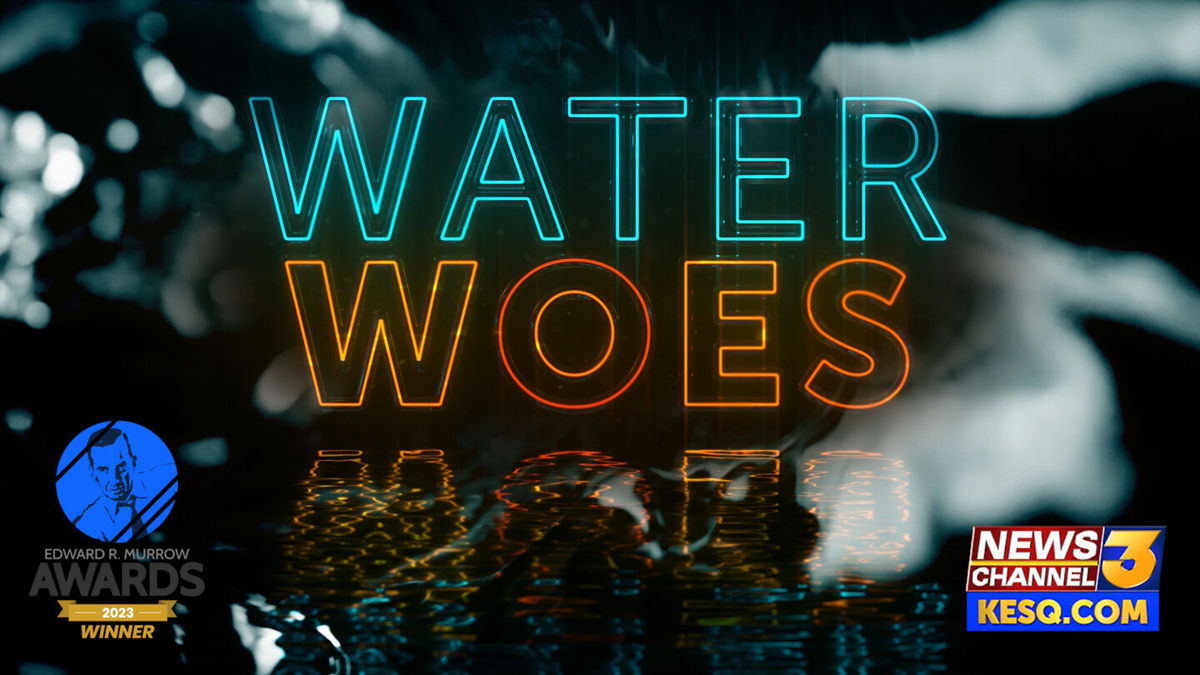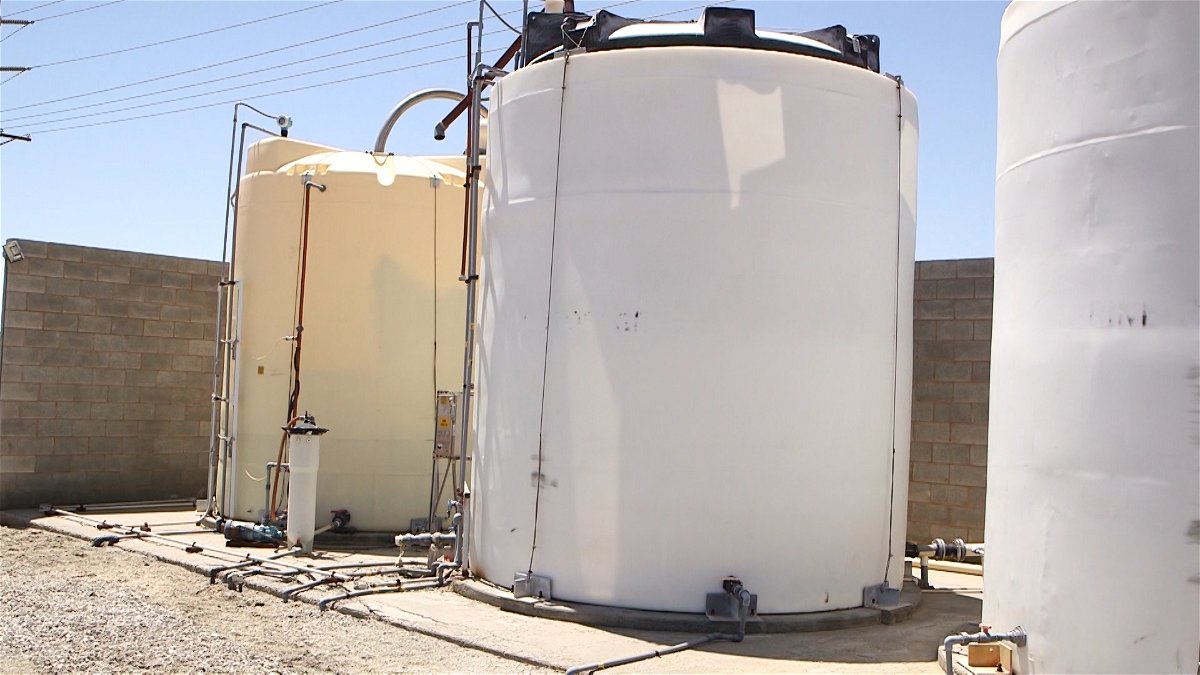News Channel 3 awarded regional Edward R. Murrow Award for I-Team story on arsenic in water

KESQ News Channel 3 has been awarded a regional Edward R. Murrow Award in the category of Excellence in Diversity, Equity and Inclusion. The honor recognizes the story "I-Team Investigates: Water Woes."

The Murrow Awards are presented by Radio Television Digital News Association (RTDNA), "the world's largest professional organization devoted exclusively to broadcast and digital journalism."
RTDNA describes the honor as "the embodiment of the values, principles and standards set forth by Edward R. Murrow, a journalism pioneer who set the standards for the highest quality of broadcast journalism."
Regional Murrow winners are automatically considered for a National Murrow Award.
I-Team Investigates: Water Woes
Clean water is something many of us take for granted. While new luxury housing developments, surf wave parks, and lagoon resorts in the Coachella Valley quickly obtained approval for clean water, some of the Valley's poorest communities still can't get clean water from the faucet.
Once or twice a day, Mecca resident Roberto Gomez said he walks to the large filtration system at the Saint Anthony Mobile Home Park so he and his family can have clean water to drink. The reason: unhealthy levels of naturally-occurring arsenic in the groundwater.

"It's been a disaster for many years," he said. He's concerned for the health and safety of his family, and the rest of the park's 850 residents.
Arsenic, whether natural or not, is a known carcinogen. Drinking high levels has been linked to cancers of the bladder, lungs and skin; heart disease; diabetes; birth defects; and neurological damage.
The EPA found the water in St Anthony's shallow well has twice the concentration of arsenic considered safe. But that's just one of more than 115 communities in the eastern Coachella Valley dealing with the issue
Since November, the EPA found water containing arsenic levels above federal legal limits in at least seven mobile home parks.

Carmen Vargas said filters have been installed on all the kitchen faucets at her mobile home park in Thermal, but not in the bathrooms. Vargas also said she has to shower with her mouth closed.
Sergio Carranza, the executive director of the nonprofit Pueblo Unido Community Development Corporation, said his organization has been working to help East Valley residents get access to clean water for several years.
"These communities produce through their labor over $600 million a year in agriculture," Carranza said. "They have been forgotten, they have been neglected, they have been taken as invisible communities."
Even after a decade of efforts to install modern water and sewage systems in the East Valley, little has been fixed.
"Is this not happening quickly enough?" Daut asked the EPA's Director of Enforcement and Compliance, Amy Miller-Bowen.
"It is not happening quickly enough," she replied.
The EPA said it is now cracking down on parks with dirty water. It recently filed its third emergency order on the Oasis Mobile Home Park requiring the property owner to supply alternative drinking water to residents, reduce the levels of arsenic in the system, and monitor the water for contamination.
- Oasis.EAO_.Final_.8.27.19
- OasisEAO-9.11.20-final
- OasisEAO.Final-09.14.21
"Continuing non-compliance can result in potential future enforcement," Miller-Bowen said.
"Possible legal action?" Daut asked.
"That is right," Miller-Bowen replied.
Meanwhile, the CVWD is planning to repair an ion exchange treatment plant in Mecca with $6 million in federal funds obtained by the county. In addition to removing arsenic from the water, officials hope the new system will also lead to more affordable housing in the area.

"Reactivating this treatment plant would allow us to increase the supply in our system to bring about the addition of affordable housing projects, around 600 units," said Castulo Estrada, vice president of CVWD.
The CVWD also recently secured more than $30 million from the state for several pipeline projects with the ultimate goal of consolidating dozens of small water systems into one.
"We need about 42 projects to connect all of them. And in order to build all those 42 projects, we need about $100 million," Estrada said.
But until the groundwater is finally safe to drink, Gomez, like so many people who live in the East Valley, will simply have to deal with it.
"It's very frustrating, because water is vital to life and no one should have to worry if it's toxic," he said.
The CVWD project is currently in the design phase for the ion exchange treatment plant project, and it's expected to be completed in the summer of 2024.
Stay with News Channel 3 for continuing updates.





